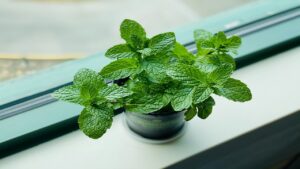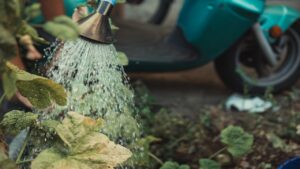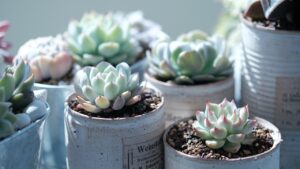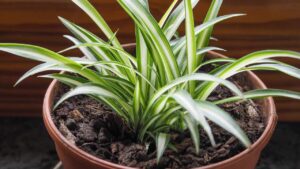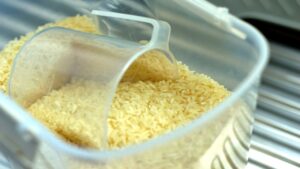Pay Attention to Dry Air in Your Home, it Can Put Your Plants at Risk
To successfully grow houseplants, you need to create an environment suited to their needs. Dry air in the home is a common factor that can adversely impact plant health, potentially causing dehydration, wilting, and stunted growth. This occurs because the crucial transpiration process, vital for plant development, is lost.
However, there will be little to complain about before hitting rock bottom; they will warn you of various signs of impatience. Recognizing these warning signs is crucial to prevent issues such as dehydration. Dry air can make plants more susceptible to pests and diseases, emphasizing the importance of maintaining adequate humidity.
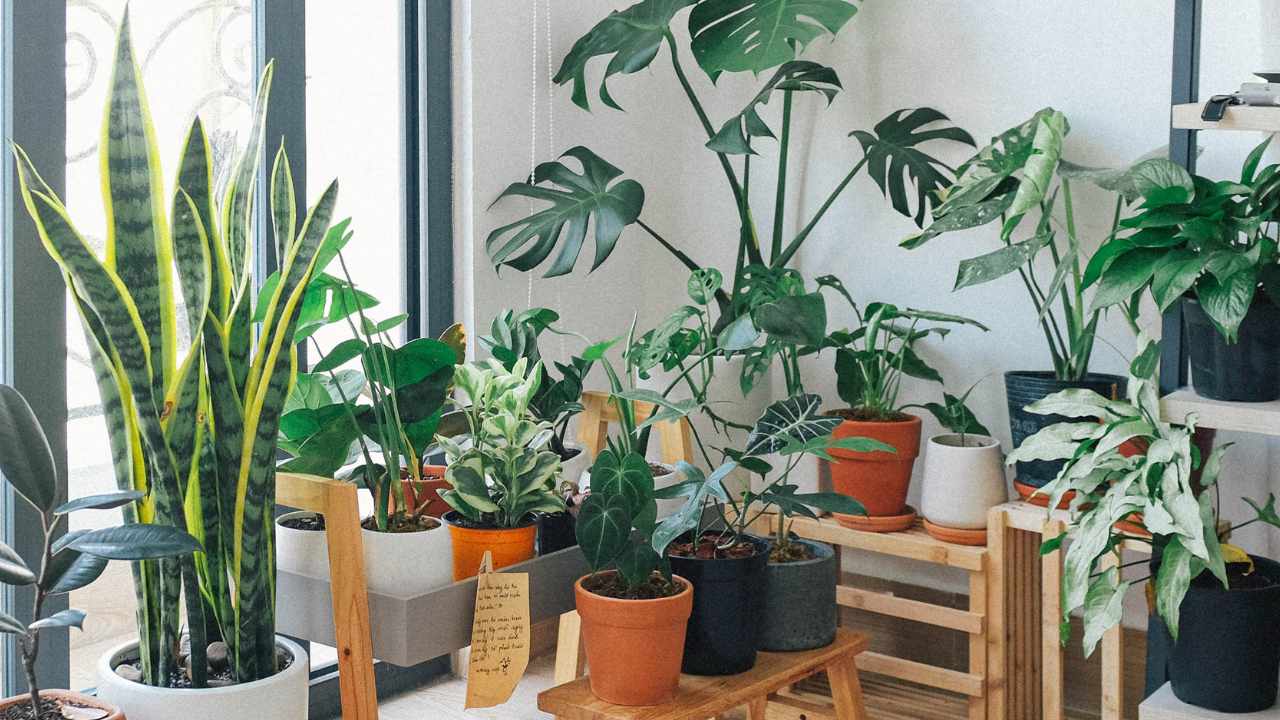
Dry air in the house? Pay attention to the signs and deal with them with some good practices
Sometimes, we are so convinced of our abilities that we deny the evidence of the facts. However, simply dwelling on the problem will do no good. In the following paragraphs, we will explore practical methods to mitigate dry air in the home.
Undoubtedly, the most effective ally against dry air is a humidifier. With various types and price ranges available, adjusting it to your needs can alleviate the discomfort caused by dry air. However, not everyone may have the means to afford one, especially today, given the outbreak of inflation.
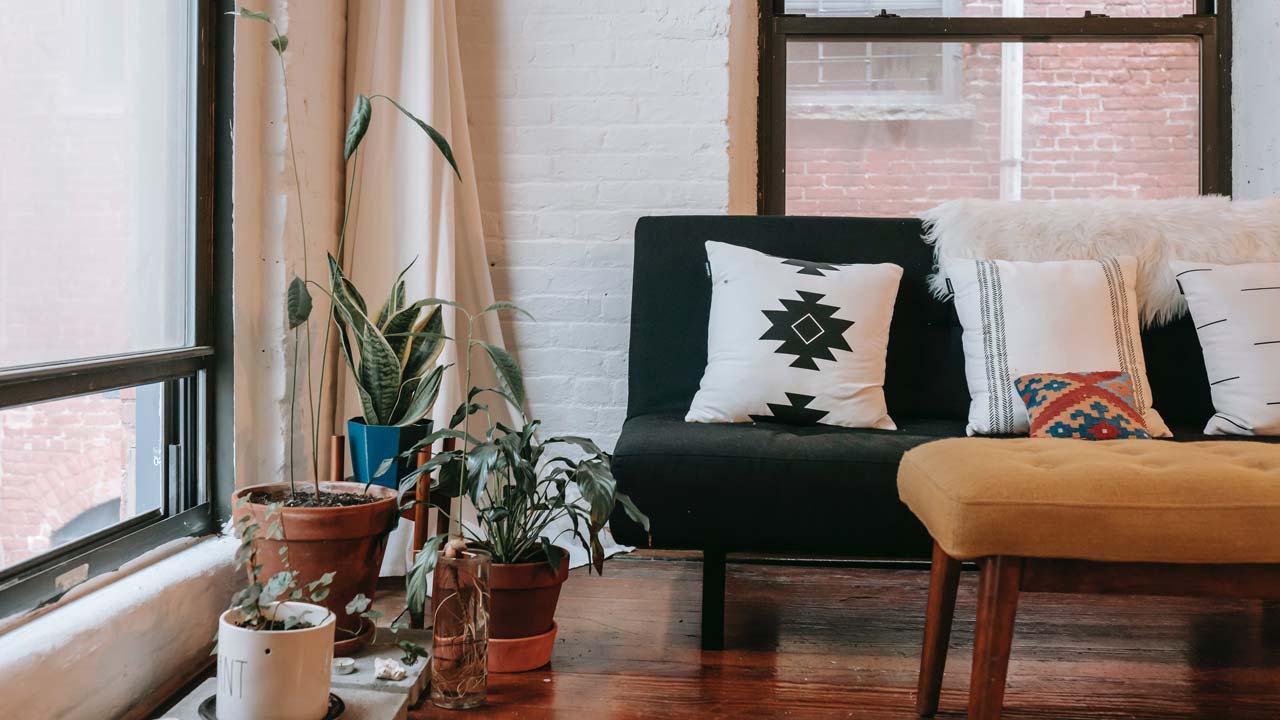
In times of economic challenges, where saving is a common focus, a practical suggestion is to prioritize regular watering for your plants. Ideally, attending to their hydration needs on a daily basis can be beneficial.
Ceramic vases that hang from radiators filled with water also work. The heat from the radiators facilitates water evaporation within the vase, introducing moisture into the air.
It is also a good idea to place trays or bowls filled with water near plants. Additionally, grouping plants together is a beneficial technique, creating a microclimate conducive to higher humidity levels through transpiration.
